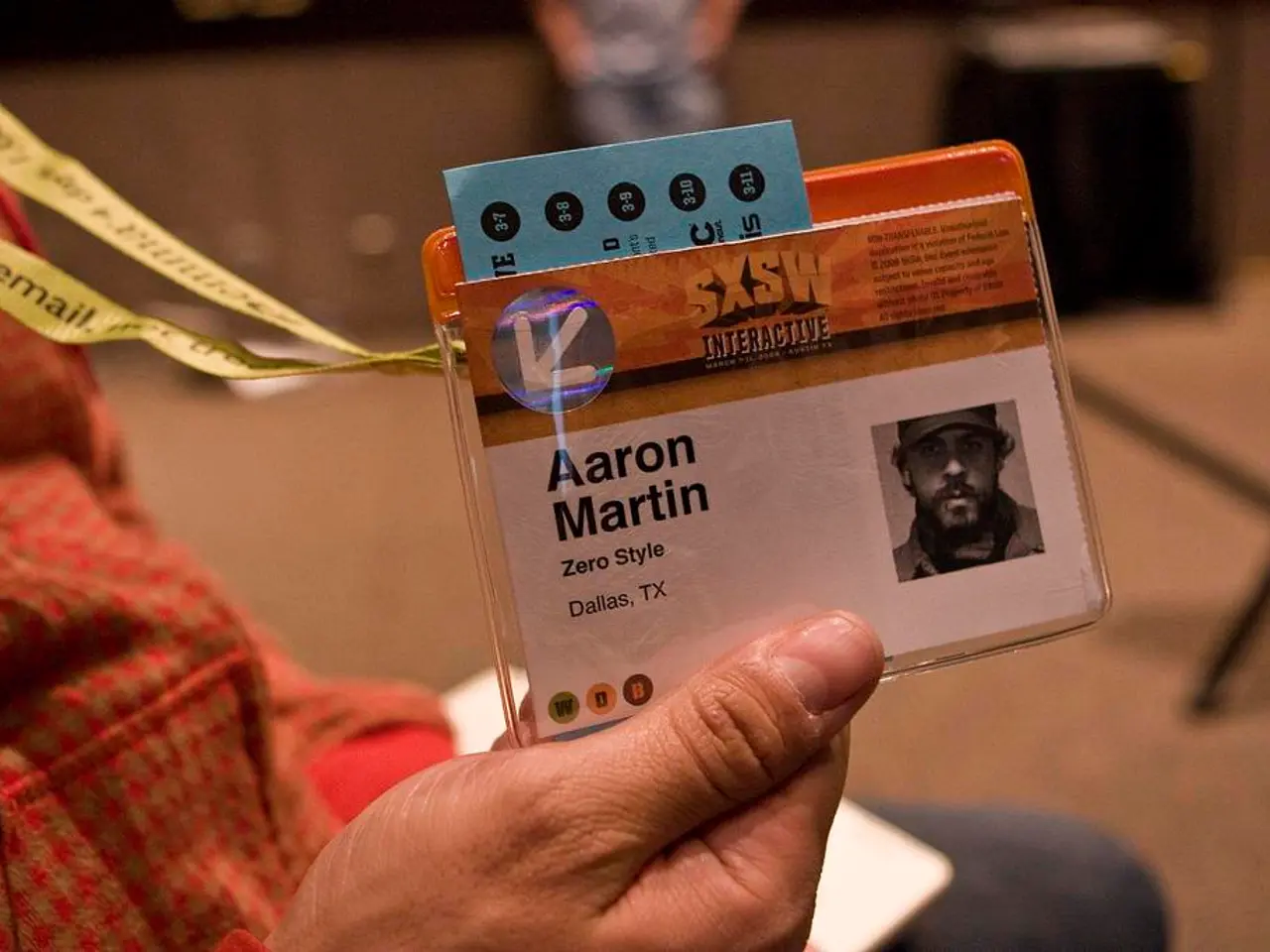"Guideline for Liveness Detection in 2025: Understanding Its Role in Defraud Prevention and Regulatory Compliance"
In the rapidly evolving digital landscape, the global face biometric liveness detection market is poised to surpass $250 million by 2027. This growth is driven by the increasing need for robust identity verification solutions, as liveness detection forms a core component of most verification systems.
Liveness detection plays a crucial role in supporting Anti-Money Laundering (AML) and Know Your Customer (KYC) compliance across various industries, from finance to education. Schools and universities, for instance, are leveraging liveness detection to verify student identity during online exams and classes, ensuring the integrity of the academic process.
The surge in AI-driven fraud and deepfake usage, which quadrupled from 2023 to 2024, has further highlighted the importance of liveness detection. Governments are employing liveness detection for a variety of applications, including issuing digital IDs, verifying identities for tax returns, and controlling access to restricted platforms.
Online dating platforms are also turning to liveness detection to prevent the rise of deepfake romance scams. The technology is increasingly important in maintaining the security and reliability of the authentication process, thereby building trust with users.
Liveness detection can be implemented in two main forms: active (requiring user interaction) and passive (analyzing facial data in the background without user input). Sumsub's Liveness solution offers both, with advanced and secure technology built into both active and passive facial biometric liveness checks.
The solution has passed the iBeta Quality Assurance testing in line with the ISO/IEC 30107-3 standard and has been named a leader in the First Gartner Magic Quadrant for identity verification. It is capable of detecting deepfakes and preventing AI-generated spoofing attempts, including photo and video deepfakes.
Moreover, liveness detection is being used for remote onboarding and authentication processes in the financial sector, helping prevent identity fraud. Global losses from online fraud are projected to exceed $362 billion between 2023 and 2028.
Technological trends in the liveness detection market include the integration of AI-powered real-time deepfake detection, multimodal biometric systems that combine face, voice, and iris modalities for improved authentication reliability, and enhanced contextual performance in low-light or noisy environments.
Privacy-preserving SaaS delivery models are gaining traction, with some providers moving toward processing liveness checks directly on user devices for on-device processing. Cross-sector integration of liveness technology is expected for a verified digital ID used seamlessly for different industries.
In summary, the face biometric liveness detection market is advancing with state-of-the-art certified technologies, expanding enterprise and government deployments worldwide, evolving standards compliance, and ongoing innovations in AI and multimodal biometrics to improve accuracy and security in real-world conditions. Businesses from both regulated and unregulated industries are recommended to put advanced liveness detection systems in place to better protect themselves and their users from falling prey to sophisticated deepfake scams.
- The growing market for face biometric liveness detection is not limited to finance but is also prevalent in education, where it is used to ensure the integrity of online exams and classes.
- The importance of liveness detection extends beyond identity verification in the finance industry, as it is employed in sectors such as education, government, and even online dating platforms to foster trust and security.
- In the rapidly growing casino-and-gambling industry, where online transactions are common, liveness detection can serve as a valuable tool to deter fraud and maintain reliable authentication processes.
- The changing sports landscape, with an increased emphasis on digital platforms and online interactions, might also benefit from the integration of liveness detection solutions for secure authentication and identification.
- Weather applications could potentially leverage liveness detection technologies to ensure that users providing personal information are indeed the ones who should have access to the data, thus adding a layer of security for personal-finance and data-and-cloud-computing sectors.
- Investing in education-and-self-development platforms can also reap the benefits of implementing liveness detection to secure users' identities, especially in an era where AI-driven fraud and deepfakes are on the rise.




